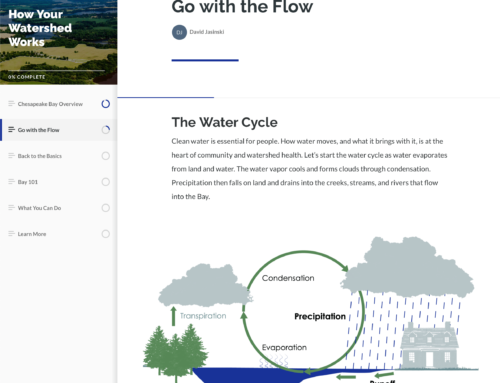February is Black History Month and we would be remiss to let that pass without celebrating the many important accomplishments of Black Americans in science. Despite their discoveries and inventions, Black scientists have often been overlooked and not given proper recognition for their contributions to the STEM fields and beyond. We’ve highlighted some of the Black scientists whose achievements and work have inspired us.
 Massive Science has highlighted a number of “Science Heroes” on their website, and one of those inspiring women is Valerie Thomas, an American scientist and inventor. Thomas patented the illusion transmitter in 1980, which transmits an optical illusion of a 3D image between concave mirrors that looks real on the receiving end. Her technology is still used by NASA today, and she has imagined further applications in video, television, and even surgical imaging. She also developed real-time computer data systems to support satellite control centers and oversaw the creation of the NASA Landsat program, which spearheaded some of the first image transmissions from space.
Massive Science has highlighted a number of “Science Heroes” on their website, and one of those inspiring women is Valerie Thomas, an American scientist and inventor. Thomas patented the illusion transmitter in 1980, which transmits an optical illusion of a 3D image between concave mirrors that looks real on the receiving end. Her technology is still used by NASA today, and she has imagined further applications in video, television, and even surgical imaging. She also developed real-time computer data systems to support satellite control centers and oversaw the creation of the NASA Landsat program, which spearheaded some of the first image transmissions from space.
 Beyond Curie is a design project that highlights numerous women scientists, mathematicians, and engineers who have made incredible advances in their fields. One of the highlighted women is Mae Jemison, an engineer, physician, U.S. astronaut, and the first black woman to travel in space. As the mission specialist, Jemison was responsible for conducting experiments exploring weightlessness, motion sickness and bone cells while on the shuttle. She is currently leading the 100 Year Starship project through the United States Defense Advanced Research Projects Agency (DARPA). The project works to make sure human space travel to another star is possible within the next 100 years.
Beyond Curie is a design project that highlights numerous women scientists, mathematicians, and engineers who have made incredible advances in their fields. One of the highlighted women is Mae Jemison, an engineer, physician, U.S. astronaut, and the first black woman to travel in space. As the mission specialist, Jemison was responsible for conducting experiments exploring weightlessness, motion sickness and bone cells while on the shuttle. She is currently leading the 100 Year Starship project through the United States Defense Advanced Research Projects Agency (DARPA). The project works to make sure human space travel to another star is possible within the next 100 years.
 Sheila Stiles has spent more than 50 years advancing research in shellfish genetics and recruiting/mentoring the next generation of scientists at the Northeast Fisheries Science Center. Dr. Stiles was the first African American woman hired at the Milford Laboratory which later became part of the Northeast Fisheries Science Center when NOAA was created in 1970. She is the project leader of a collaborative research program with a tiered focus on mussel breeding, molecular genetics, and field work in order to provide various economic and conservation applications.
Sheila Stiles has spent more than 50 years advancing research in shellfish genetics and recruiting/mentoring the next generation of scientists at the Northeast Fisheries Science Center. Dr. Stiles was the first African American woman hired at the Milford Laboratory which later became part of the Northeast Fisheries Science Center when NOAA was created in 1970. She is the project leader of a collaborative research program with a tiered focus on mussel breeding, molecular genetics, and field work in order to provide various economic and conservation applications.

